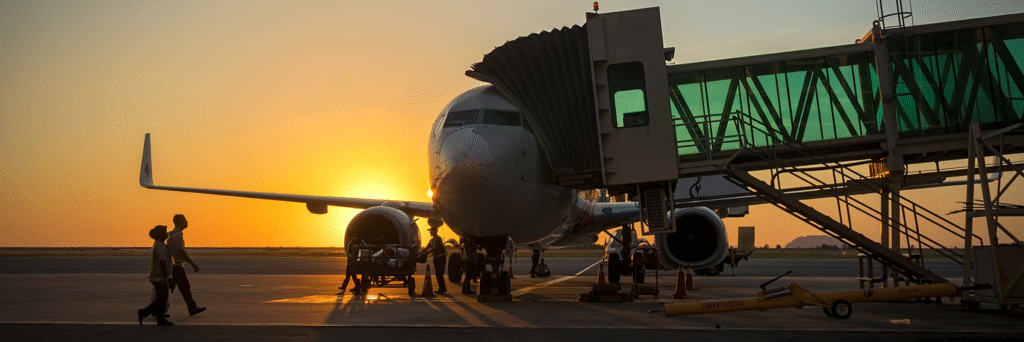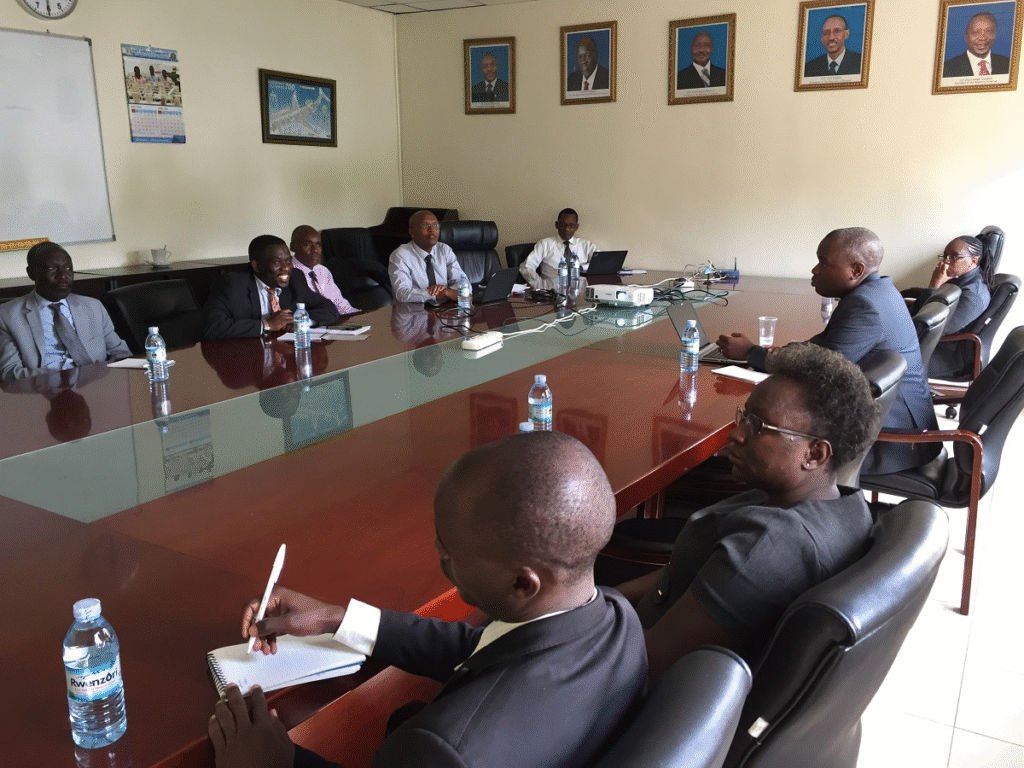
Introduction
In the complex landscape of East African aviation, regional cooperation has emerged as a powerful tool for advancing safety standards and oversight capabilities. The Civil Aviation Safety and Security Oversight Agency (CASSOA), a specialized institution of the East African Community (EAC), plays a pivotal role in harmonizing safety protocols and promoting collaborative oversight across member states. Since its establishment, CASSOA has helped countries like Kenya, Uganda, Tanzania, Rwanda, Burundi, and South Sudan align with international safety requirements while addressing region-specific challenges. This article examines how CASSOA supports aviation safety oversight in East Africa, its core functions, progress made, and remaining gaps.
The Rationale Behind Regional Oversight
Many East African countries face similar structural limitations in aviation oversight: understaffed civil aviation authorities, inadequate safety auditing tools, and limited technical expertise. Establishing national-level oversight mechanisms independently is not only expensive but often inefficient given overlapping safety concerns across borders. Recognizing this, the East African Community (EAC) formed CASSOA in 2007 to consolidate resources, standardize procedures, and promote mutual accountability.
CASSOA serves as a regional safety body that complements national aviation authorities by coordinating safety inspections, providing training, and facilitating compliance with International Civil Aviation Organization (ICAO) standards.

Core Mandates of CASSOA
CASSOA’s mandate spans a broad spectrum of safety and security oversight. Among its primary responsibilities are:
- Harmonization of civil aviation regulations across EAC member states.
- Coordination of inspections and safety audits, ensuring member states meet ICAO’s Universal Safety Oversight Audit Programme (USOAP) obligations.
- Support in personnel licensing, airworthiness inspections, and operational oversight.
- Provision of technical guidance, training, and shared expertise to national civil aviation authorities.
- Promotion of regional integration in aviation-related legislative frameworks.
By centralizing these efforts, CASSOA enables East African states to pool expertise, reduce duplication of work, and raise safety baselines across the board.
Progress in Regulatory Harmonization
One of CASSOA’s most impactful achievements has been the development and adoption of a unified set of civil aviation regulations. These harmonized rules cover areas such as airworthiness, flight operations, personnel licensing, and accident investigation procedures.
For example, in 2022, Kenya and Rwanda adopted the same regulatory provisions for airline operator certification, allowing mutual recognition of operator credentials. This not only reduces administrative bottlenecks for cross-border flights but also strengthens enforcement consistency across jurisdictions.
CASSOA also maintains an up-to-date regulatory database and provides states with templates for national legislation that align with ICAO standards, facilitating quicker adoption.
Capacity Building and Technical Training
To bridge the human resource gap in aviation safety oversight, CASSOA runs continuous training programs for inspectors, air traffic controllers, and accident investigators. These sessions are often conducted in partnership with ICAO, the African Civil Aviation Commission (AFCAC), and donor agencies.
In 2023 alone, CASSOA coordinated over 20 technical training workshops, including specialized courses on safety management systems (SMS), state safety programs (SSP), and certification of air navigation service providers. Uganda, Tanzania, and Burundi particularly benefited from these efforts, sending inspectors to regional centers for advanced training.
By standardizing qualifications and technical skills, CASSOA ensures that safety oversight personnel in different countries operate with a shared understanding and set of competencies.
Surveillance and Safety Data Sharing
CASSOA also plays a crucial role in surveillance coordination by facilitating real-time data exchange between member states. Safety reports, incident investigations, and audit findings are shared through secure regional platforms, allowing states to identify systemic risks and emerging threats.
In 2024, for instance, data gathered through CASSOA’s regional safety reporting system helped identify a pattern of runway excursions in three member states. The agency responded by issuing a regional safety advisory and organizing a collaborative risk mitigation workshop.
The availability of shared safety data enables faster, evidence-based decision-making and supports a more proactive approach to aviation risk management.
Challenges in Regional Oversight Implementation
Despite CASSOA’s successes, several challenges continue to hamper full realization of its mandate. One major issue is inconsistent political commitment from member states. While some countries have fully embraced regional oversight, others remain hesitant to relinquish elements of national regulatory autonomy.
Funding is another concern. CASSOA relies heavily on donor support and annual contributions from member states, which are sometimes delayed or incomplete. This affects the agency’s ability to conduct regular audits, roll out new systems, or respond rapidly to emerging issues.
Moreover, differences in infrastructure levels between member states can complicate harmonized implementation. While Kenya and Tanzania may be ready for advanced safety surveillance systems, less-resourced states like South Sudan may struggle to meet even the basic standards.
Expanding the Scope: Regional Accident Investigation and UTM Integration
CASSOA is currently exploring the development of a regional accident investigation body to support countries with limited capacity to carry out comprehensive investigations. This initiative, if realized, would help streamline post-incident learning and improve transparency.
Additionally, with the rise of drone usage in East Africa, CASSOA has begun drafting guidelines for Unmanned Aircraft System Traffic Management (UTM) integration into national airspace. These efforts are critical for maintaining safety as technological changes outpace regulatory adaptation.
Looking Ahead: Toward a Unified East African Sky
The long-term vision for CASSOA and the EAC is the creation of a single East African aviation oversight system—a framework where shared inspections, licensing, and enforcement are the norm, and national civil aviation authorities act more like regional branches.
While this vision requires considerable political will and investment, progress is being made. CASSOA’s role in this journey remains indispensable, serving as both the technical engine and policy facilitator for region-wide safety integration.
Conclusion
CASSOA represents a landmark effort in collective aviation safety oversight in East Africa. Through harmonized regulations, coordinated audits, shared training, and regional data exchange, the agency is helping to elevate safety standards across a diverse and rapidly growing aviation landscape. However, to reach its full potential, greater investment, political commitment, and equitable capacity-building support are essential. As East Africa’s skies become busier and more interconnected, CASSOA’s mission will only grow in importance.


